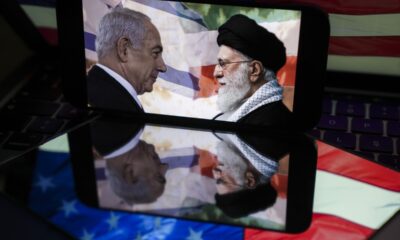Middle East
A reminder after the pager attack in Lebanon: How does US intelligence intercept cargo?

Yesterday, radio pagers used by many Lebanese, including Hezbollah, were detonated in several Lebanese cities, killing dozens and injuring thousands.
The usual suspect, Israel, is believed to have tampered with these devices, which were delivered to Lebanon a few months ago, at some point in their manufacture and shipment, and planted small quantities of explosives which were activated yesterday by jamming the batteries with some kind of signal.
The intelligence operation organised by “interfering with the shipment” is reminiscent of how US intelligence infiltrates cargoes.
Cisco, which develops networking hardware, software, telecommunications equipment and other high-tech services and products, responded to the US National Security Agency (NSA) in 2014 by condemning the US government’s interference with hardware the company was shipping to customers.
The NSA’s practice of intercepting packages containing hardware as they are delivered to customers, known as “interdiction”, was first revealed in classified documents published in December 2013 by Der Spiegel and journalist Jacob Appelbaum.
NSA opened boxes and planted tracking devices
Cisco made the announcement after a photograph emerged showing federal agents planting a tracking device on one of its routers.
The photos, published by journalist Glenn Greenwald of The Intercept, provided the first visual evidence of the NSA’s covert operation, in which agents seized and opened boxes, dismantled hardware, and planted tracking bugs and beacons for surveillance and sabotage.
One photograph showed four agents carefully removing packing tape from a Cisco-branded box containing computer hardware. The photograph also showed other Cisco-branded boxes stacked in a room that appeared to be part of a larger warehouse.
The agents were described as belonging to the ‘Special Access Operations’ (TAO) unit, the so-called ‘hacking arm’ of the NSA. The agents are tasked with ‘obtaining the unobtainable’ from targets the NSA deems worthy of surveillance.
Another leaked photograph shows how TAO agents obtain such material. The photo shows a ‘loading station’, in the same warehouse, where agents attach beacons and other spy gear to captured hardware before it is repackaged and shipped to the intended user.
The complicity of tech companies
According to the documents published by Greenwald, the NSA says that this interception was possible thanks to the “support of Intelligence Community partners”. In this case, Cisco may have been involved in the operation.
Indeed, shortly after the photos were published, Cisco executive Mark Chandler wrote that the company ‘complies with US regulations’ regarding the export of hardware to certain countries, but condemned the government’s alleged ‘steps to compromise IT products going to customers’.
We should be able to trust the government not to interfere with the lawful delivery of our products as we manufacture them. To do otherwise, and to violate the legitimate privacy rights of individuals and organisations around the world, would undermine confidence in our industry,’ Chandler wrote.
But Chandler stopped short of saying that Cisco was ‘completely in the dark’ about the NSA’s interception of its packets, and did not say whether Cisco was complicit in the interception of certain customers’ packets under secret programmes that the government says are legal.
Middle East
Plight of refugees in Iran

As the process of deporting Afghan migrants from Iran intensifies, Iranian officials say that in the past week, more than 120,000 people have entered Afghanistan from Iran, both forcibly and voluntarily.
The district governor of Taybad in Iran says that nearly 8,000 undocumented Afghan citizens enter Afghanistan daily through the Dogharun border alone.
Meanwhile, some deported immigrants say they left all their assets in Iran and were forced to return home empty-handed.
Hossein Jamshidi, the district governor of Taybad, told Iranian media that in the past week alone, more than 95,000 undocumented citizens and about 25,000 documented migrants from all over Iran have been identified and returned to Afghanistan from this border.
Dogharoon border is the largest crossing point for the deportation of Afghan migrants from Iran. Every day, thousands of migrants, most of whom were living in Iran without documents, are now transported in large convoys, in dozens of passenger buses from all over Iran, to this border point zero.
But in this side of the border!
But on this side of the border, at the Islam Qala crossing, thousands of people, including women and children, are standing in long lines in the scorching sun, wearing only a few layers of clothing, waiting to cross the border and enter Afghan territory.
Many of these migrants say they have nowhere to go and have been forced to leave all their belongings on the other side of the border, on Iranian soil, and return empty-handed.
The Taliban have called for the establishment of a “coordinated mechanism” with the Iranian government for the return of refugees.
UN agencies have called for increased financial assistance following the significant expulsion of Afghan refugees from neighboring countries.
The Norwegian government has expressed concern about the deportation of migrants in recent days and has allocated nearly $1 million to support them.
Middle East
US proposes $30 billion deal to Iran for halting uranium enrichment
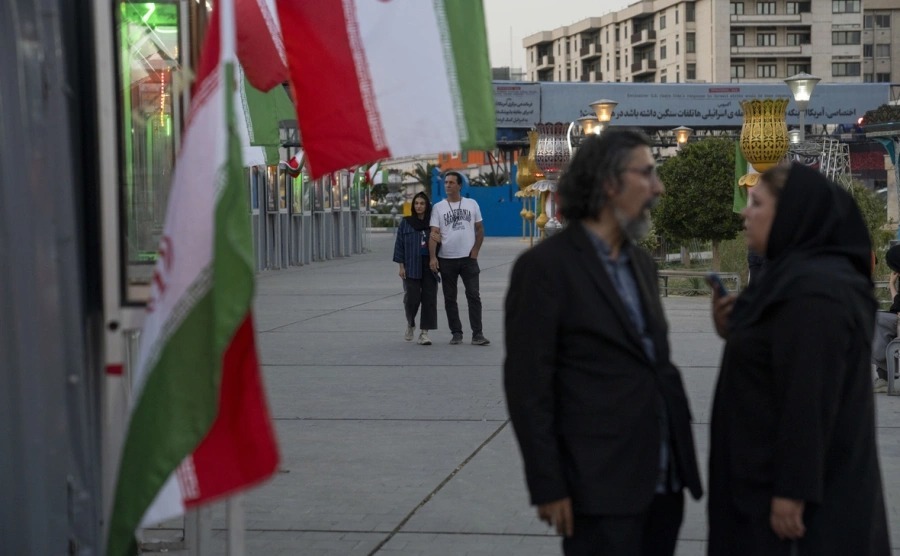
The administration of US President Donald Trump is reportedly discussing the possibility of providing Iran with up to $30 billion in financial access to develop its peaceful nuclear program as part of efforts to return to negotiations with Tehran.
According to a CNN report citing sources familiar with the matter, this offer requires Tehran to completely halt uranium enrichment, a condition emphasized as “non-negotiable.”
Under the proposed plan, the funds would not be provided by the US but by Arab nations. An administration official stated, “The US is ready to lead these negotiations. Someone will have to pay for the implementation of the nuclear program, but we will not make such a commitment.”
Other proposals on the table
American officials have indicated that other offers are also being considered. These include the potential lifting of some sanctions against Iran and granting Tehran access to $6 billion of its frozen assets in foreign banks.
Another idea involves US allies in the Persian Gulf covering the cost of building new infrastructure to replace the Fordow nuclear facility, which was damaged in US attacks. This new facility would also lack uranium enrichment capabilities.
Washington’s “comprehensive peace” initiative
Steve Witkoff, Trump’s Special Representative for the Middle East, told CNBC that the US aims to achieve a “comprehensive peace agreement.”
A White House statement emphasized that all proposals are designed to prevent Iran from obtaining nuclear weapons.
Following the events of the past two weeks, which include mutual attacks with Israel and a US strike on Iran’s nuclear sites, the White House hopes Tehran will accept Washington’s terms.
Experts are skeptical, fearing the offer could backfire
Conversely, Iran experts cited by CNN believe these events will further convince the country’s leadership of the necessity of possessing nuclear weapons.
Earlier this week, the Iranian parliament approved the suspension of cooperation with the International Atomic Energy Agency (IAEA). Even before the US attack on the night of June 22, the Iranian government had already significantly restricted agency officials’ access to its facilities.
According to IAEA data from mid-May, Iran possessed approximately 409 kilograms of highly enriched uranium.
Bloomberg reported that this amount is theoretically sufficient to produce ten nuclear warheads. The agency’s Director General, Rafael Grossi, stated that the location of this material is unknown.
While Tehran claims it moved its uranium stockpiles from the attacked facilities beforehand, the IAEA assesses that a significant portion of the stocks may have survived the strike.
Middle East
US intelligence contradicts Trump’s claim of destroying Iran’s nuclear program
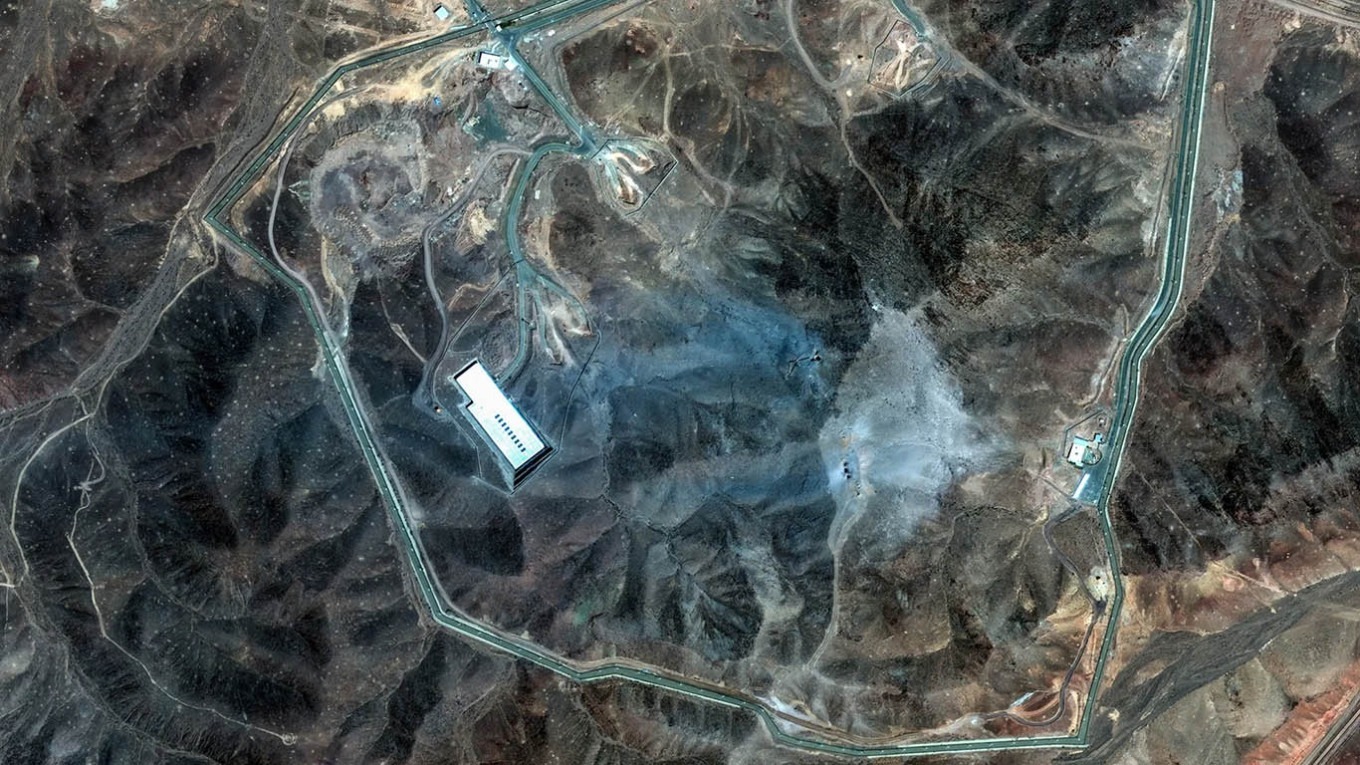
According to a classified military intelligence report obtained by CNN and the New York Times (NYT), US attacks on Iran’s three major uranium enrichment facilities did not eliminate the main components of Tehran’s nuclear program but only set it back by several months.
American officials who reviewed the report stated that the document, which includes a preliminary assessment of the 12-day war between Israel and Iran and the subsequent American attack, contradicts President Donald Trump’s declaration that the program was “completely destroyed.”
The report, prepared by the Pentagon, emphasized that the damage to Iran’s nuclear facilities was largely limited to the destruction of above-ground structures. It was determined that while the entrances to two underground facilities were filled with debris, the bunkers themselves remained intact.
Furthermore, it was reported that enriched uranium stockpiles might have been moved from the facilities before the attacks and that the centrifuges were “largely undamaged.” The report also noted that the US managed to damage the power grid of the nuclear facility built into a mountain at Fordo, but the facility itself did not sustain serious damage.
Timeline for a nuclear bomb extended
Before the military operation, US intelligence agencies estimated it would take Tehran at least three months to hastily produce a low-yield, primitive nuclear weapon. According to the NYT, military intelligence now predicts this timeline will extend to about six months.
The Times of Israel reported that Israeli intelligence also believes the US and Israeli attacks did not completely destroy Iran’s nuclear program, only setting it back “several years.”
Professor Jeffrey Lewis, an arms expert from the Middlebury Institute of International Studies, concurred with the US military intelligence assessment. According to Lewis, Iran could quickly rebuild its nuclear program using uranium stockpiles in the intact underground bunkers. The expert suggested that, in this scenario, it could take Iran five months to produce a nuclear bomb.
White House reacts strongly to leak
President Donald Trump had previously announced that the American attacks had resulted in the complete destruction of Iran’s nuclear facilities.
White House Spokesperson Karoline Leavitt, however, described the intelligence assessment cited by CNN and the NYT as “false.” Leavitt stated the document was classified and had been leaked to the press by a “low-ranking, unidentified loser.”
In a statement on the social media platform X, Leavitt remarked, “The leak of this so-called assessment is a blatant attempt to humiliate President Trump and discredit the brave fighter pilots who carried out a flawless mission to destroy Iran’s nuclear program. Everyone knows what happens when fourteen 30,000-pound bombs are precisely dropped on their targets: Total destruction.”
Trump also accused CNN and the NYT of collaborating to downplay one of the most successful military attacks in history. On his social media platform, Truth Social, Trump wrote, “The nuclear facilities in Iran have been completely destroyed!”
According to the NYT, the publication of the intelligence findings overshadowed President Trump’s victory at the NATO summit. The fact that the report was prepared by the Pentagon, which personally carried out the attacks, further underscored the situation’s significance.
-

 Europe2 weeks ago
Europe2 weeks agoIsrael-Iran conflict postpones EU plan for Russian oil sanctions
-

 Diplomacy2 weeks ago
Diplomacy2 weeks agoIranian foreign minister travels to Moscow for Putin talks after US strikes
-
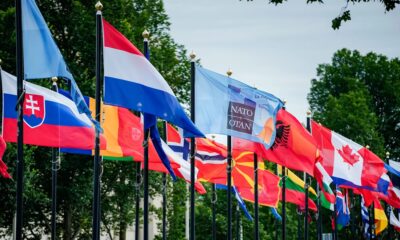
 Diplomacy2 weeks ago
Diplomacy2 weeks agoNATO summit focuses on arms race in the Silicon Valley age
-
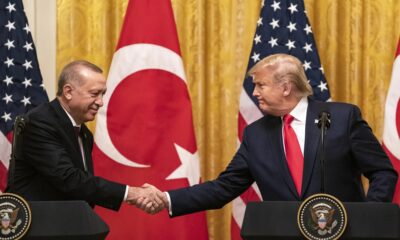
 Diplomacy2 weeks ago
Diplomacy2 weeks agoErdoğan to meet Trump at NATO summit to mend relations
-

 Europe2 weeks ago
Europe2 weeks agoGermany to expand military with 11,000 new personnel this year
-
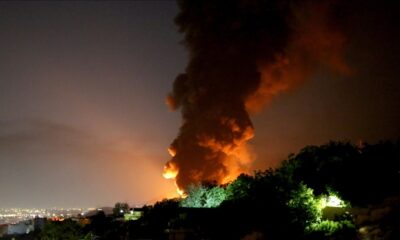
 Middle East2 weeks ago
Middle East2 weeks agoUS bombs Iranian nuclear sites, sparking fears of wider conflict
-
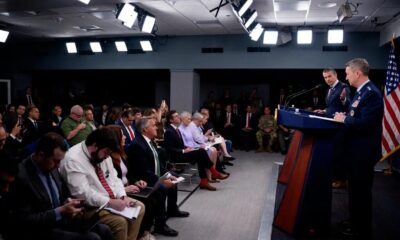
 America2 weeks ago
America2 weeks agoPentagon divided over military priorities in Asia and the Middle East
-
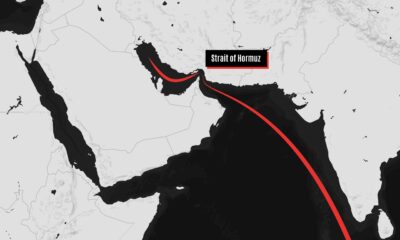
 Asia2 weeks ago
Asia2 weeks agoUS cries to China as Washington begins airstrikes in Iran




